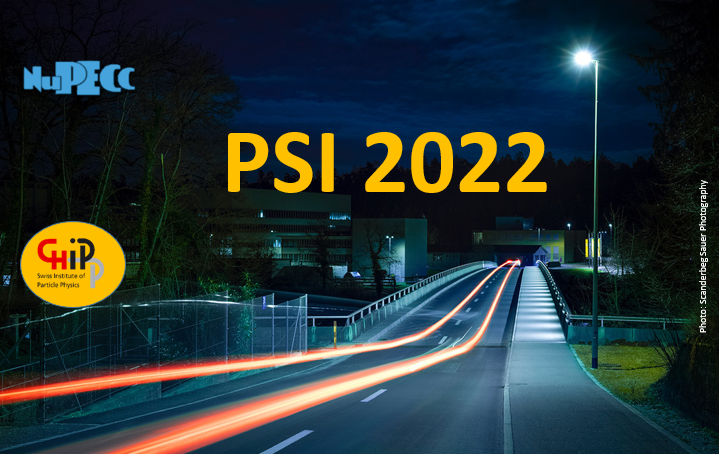Speaker
Description
The proton radius puzzle began in 2010 when the CREMA Collaboration released their measurement of the proton radius (Pohl et. al (2010)) from muonic hydrogen spectroscopy: rp=0.84184(67) fm, This was five standard deviations smaller that the accepted CODATA value at that time (0.8768(69) fm), and sparked an enduring and intriguing puzzle. This puzzle has been addressed in repeated electron scattering measurements seeking to go lower in Q2, such as PRad at Jefferson Lab, and the Mainz Initial State Radiation experiment. There have also been a plethora of new atomic hydrogen spectroscopy experiments, and some more muonic atom spectroscopy. MUSE, the MUon proton Scattering Experiment, was first proposed in 2012 to be the first muon proton elastic scattering experiment with sufficient precision to address the proton radius puzzle. MUSE, measuring in the PiM1 area of the Paul Scherrer Institute, has the capacity to simultaneously measure elastic muon-proton, and electron-proton scattering, and switch polarities to measure with opposite charge states, giving access to cross sections, extracted radii, and two-photon measurements for muons and electrons. As such, MUSE can directly measure the two-photon effect by comparing charge-states, and compare muon and electron scattering. This will allow reduction of the systematic uncertainty due to the partial cancellation of uncertainties by simultaneous and / or subsequent measurements within the same apparatus. We will review the motivation for and status of MUSE.

